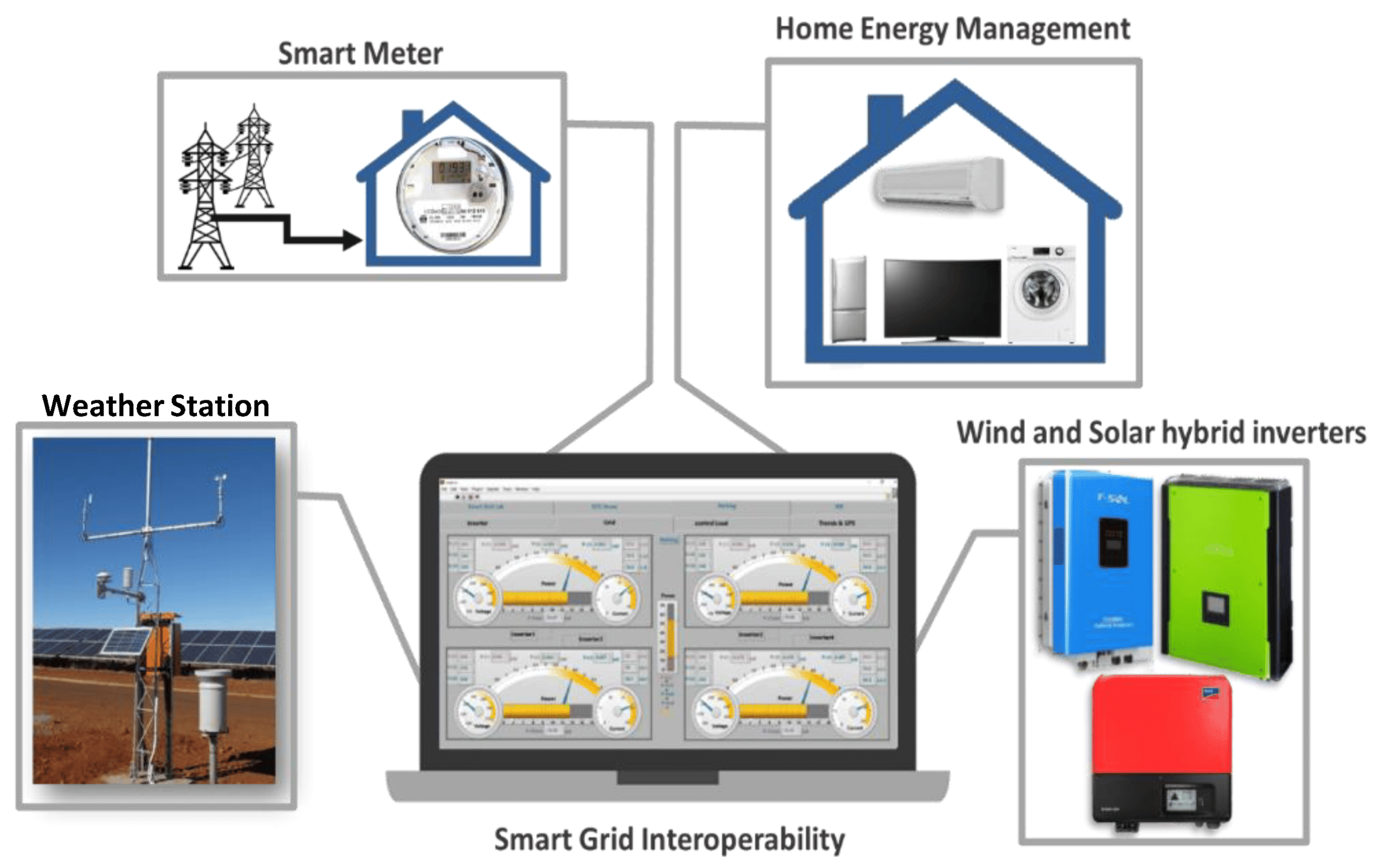Facility and operations managers, as well as energy professionals, are constantly grappling with many challenges. From ensuring energy efficiency and cost management to complying with environmental regulations, the task of maintaining optimal operational efficiency is more complex than ever. This is particularly true for those in manufacturing, energy and utilities, and commercial and public infrastructure sectors. The emergence of smart and sustainable energy solutions, along with the digital transformation of industrial automation and building management systems, offers promising avenues to address these challenges.
The Quest for Energy Efficiency and Cost Management
Energy efficiency is not just a buzzword; it’s a critical component of operational excellence. Facility managers are now tasked with the responsibility of reducing energy consumption, not just to cut costs but also to contribute to the broader goal of environmental sustainability. However, achieving this is easier said than done. The complexity lies in balancing energy efficiency with the relentless demand for uninterrupted industrial operations. This is where innovative energy management solutions come into play, offering real-time monitoring and control over energy usage. By leveraging data analytics and IoT-enabled devices, professionals can gain insights into energy consumption patterns, identify areas for improvement, and implement strategies that reduce waste and optimize energy use.
Embracing Automation in Industrial Settings
The complexity of automation systems in industrial settings cannot be understated. Operations managers are often faced with the challenge of integrating new technologies into existing infrastructures, a task that requires both technical acumen and strategic foresight. The integration of digital technologies in automation systems has opened up new possibilities for efficiency and productivity. Smart automation systems enable more precise control over industrial processes, reduce the likelihood of human error, and provide valuable data that can be used to further optimize operations. However, with these advancements come the challenges of managing more complex systems and ensuring that all components work seamlessly together.
The Role of Circuit Breakers in Modern Industrial Environments
In the midst of managing these complex systems, an often-overlooked component plays a crucial role: circuit breakers. These devices are fundamental in protecting electrical circuits from damage caused by overloads or short circuits. Their significance in industrial settings cannot be overstated, as they ensure the safety and continuity of electrical systems, which are the backbone of any modern industrial operation.
Sustainability and Environmental Compliance
Another pressing concern for today’s industry professionals is sustainability and environmental compliance. The growing awareness and regulatory demands regarding environmental impact have put additional pressure on facility and energy managers. It’s no longer sufficient to just meet current standards; forward-thinking professionals are now looking for ways to future-proof their operations against more stringent future regulations. This involves adopting sustainable practices, such as using renewable energy sources and implementing energy-saving measures, to reduce the environmental footprint of their operations.
Navigating Regulatory Landscapes and Ensuring Compliance
In the face of tightening environmental and safety regulations, the challenge for industry professionals extends beyond mere compliance. It involves staying ahead of the curve in understanding and anticipating regulatory changes. This proactive approach is essential in industries where regulations can have significant impacts on operational practices and bottom lines. Facility managers, in particular, must be adept at navigating these regulatory landscapes, ensuring that their operations not only comply with current standards but are also prepared for future amendments. This requires a thorough understanding of both local and international regulations, which can be a daunting task given their complexity and frequency of updates. However, by integrating regulatory compliance into the core of their operational strategies, professionals can turn what seems like a hurdle into a competitive advantage, demonstrating commitment to safety, sustainability, and social responsibility.
Leveraging Data for Strategic Decision Making
Another key area where industry professionals can gain a significant edge is in the realm of data utilization. In an age where data is king, the ability to collect, analyze, and act on data is a game-changer. For operations managers and energy professionals, this means having access to detailed, real-time data about every aspect of their operations. From energy consumption metrics to performance analytics of industrial equipment, this wealth of data can be a goldmine for informed decision-making. By employing advanced data analytics tools, professionals can uncover trends, predict maintenance needs, and identify inefficiencies that would otherwise go unnoticed. This data-driven approach not only enhances operational efficiency but also contributes to longer-term strategic planning, allowing organizations to adapt and thrive in an ever-changing industrial landscape.
Smart Solutions for a Digital Era
In response to these challenges, the interest in smart and sustainable energy solutions has skyrocketed. Digital transformation is at the forefront of this movement, with industrial automation and building management systems playing key roles. These technologies not only offer greater control and efficiency but also provide insights through data analytics, allowing for more informed decision-making. For instance, smart building management systems can automate various aspects of facility operation, from lighting to heating and cooling, optimizing energy use and reducing costs.
Conclusion
For facility managers, operations managers, and energy professionals in manufacturing, energy and utilities, and commercial and public infrastructure sectors, the path forward involves embracing the technological advancements in energy efficiency, automation, and sustainability. By leveraging smart solutions and staying abreast of emerging trends, these professionals can effectively address their pain points, ensuring both operational excellence and environmental stewardship. The journey may be complex, but with the right tools and strategies, it is certainly navigable, leading to a more efficient, sustainable, and cost-effective future.

